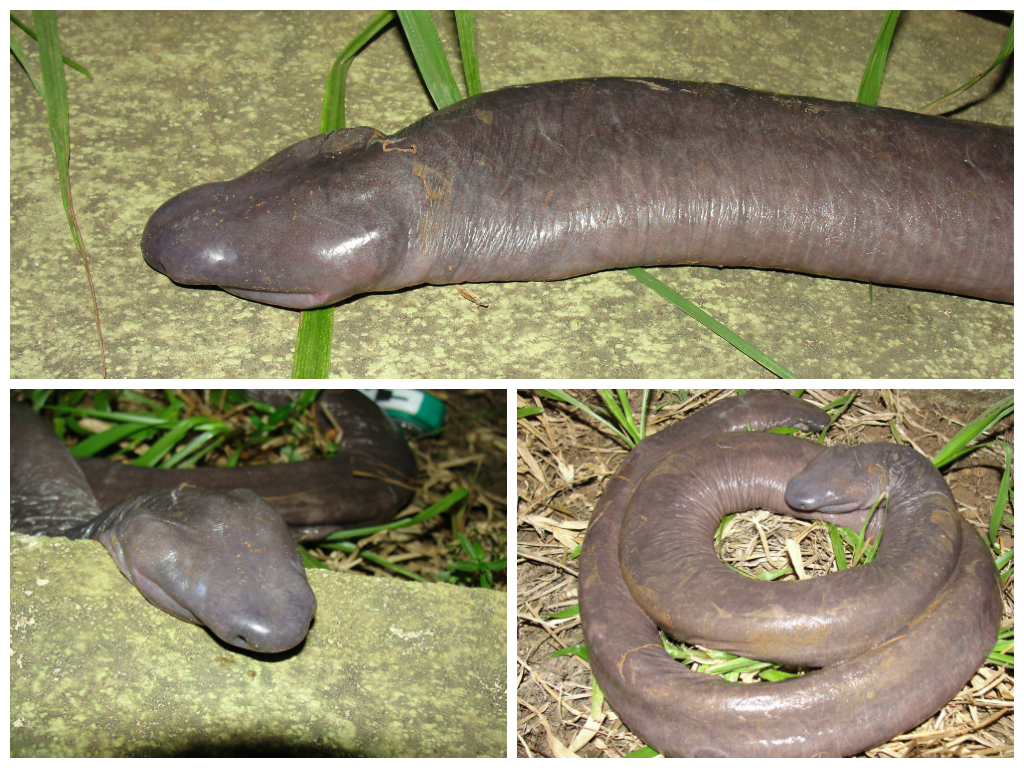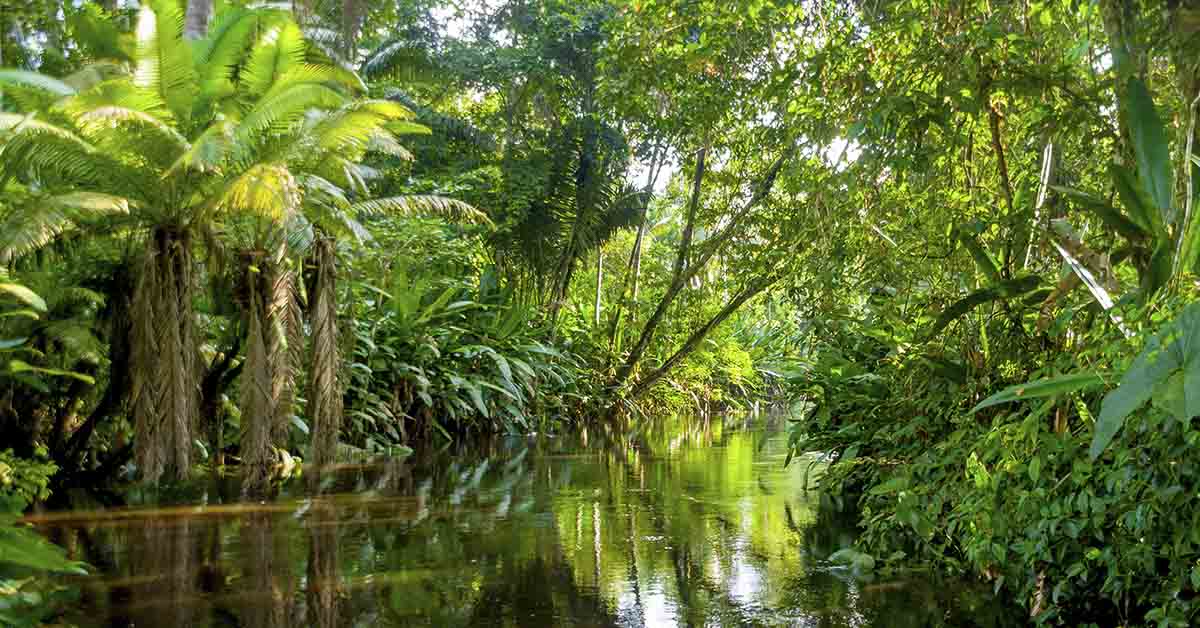The world is full of fascinating animals with unique appearances and behaviors. But while people gaze in awe at tigers and whales, they can’t help but giggle at, shall we say, less fortunate-looking creatures. Such as the “penis snake,” also dubbed “floppy snake” and “man-aconda”. Interestingly, this rare specimen is called Atretochoana eiselti and it’s not a snake at all. It is actually an amphibian more related to salamanders than the anacondas it’s nicknamed after.
The Discovery of a Phallic Amphibian
Atretochoana eiselti is part of a species called caecilians, a group of limbless amphibians. The Atretochoana was originally discovered in the late 1800s by Sir Graham Hales during an expedition in the Brazilian rainforest. His specimens went to the Vienna Museum. The amphibians were re-discovered by engineers working on a hydroelectric dam in Brazil in 2011.
At that point, those six creatures became internet famous. But it had taken until 1968 for these amphibians to be properly noted in a paper published in The Caecilians of the World. After more analysis, they finally earned their own genus, the Atretochoana, in 1996. Because these creatures are so rare, researchers know relatively little about them, even today. [1]
Unlike other caecilians, Atretochoanas have broad and flare heads, sealed nostrils, and enlarged mouths. They seem to have poor vision and rely on smell to hunt. They also notably lack lungs, instead using capillaries in the skin to allow gases to pass through their bodies. That’s not their only curious feature. Since they are aquatic, they also have dorsal fins.
Their predators include birds. Researchers believe Atretochoanas live in fast-flowing water, namely the Amazon River and its largest tributary, the Madeira River. As of now, people have not seen the “man-aconda” anywhere else on Earth. So scientists theorize that they eat worms, small fish, and other aquatic species, but they have yet to confirm these ideas.
Read: The Mystical Gaboon Viper, Master Of Disguise And Deadly Accuracy

Atretochoanas are Not Actually Snakes
When the family of Atretochoanas was discovered in 2011, people were puzzled about these rare and interestingly-shaped “snakes.” Julian Tupan was a biologist employed by the Santo Antonio Energy company, and he worked with the construction of a dam that led to the discovery of the now-viral family. “Of the six we collected, one died, three were released back into the wild and another two were kept for studies,” he said, noting how little researchers know about these animals. The two specimens went to the Emilio Goeldi Paraense Museum in Belem, Brazil.
The biologist stresses that Atretochoanas are docile and unlikely to pose a danger to humans. “Despite looking like snakes, they aren’t reptiles and are more closely related to salamanders and frogs. We think the animal breathes through its skin, and probably feeds on small fish and worms, but there is still nothing proven. The Amazon is a box of surprises when it comes to reptiles and amphibians. There is still much more to be discovered.” [2]
Tupan posted the now viral photo of the “penis snake” on Instagram. The featured creature is an adult female just under 40 inches in length.
“Man-Aconda” or Anaconda
The re-discovery of Atretochoanas came about through a project to create a series of hydro-electric dams. However, environmentalists critisized this undertaking because of potential negative consequences on the surrounding nature. The dams could lead to flooding as well as impact fish migration and interfere with nutrients flowing through the water. [3]
The most famous snake in the Amazon River that may be impacted is the anaconda. It’s not related to Atretochoanas in any way; remember, the latter are amphibians not reptiles. But the green anaconda is actually the largest snake in the world. They are carnivores that feed on large prey like capybara, deer, and birds by squeezing the animal to death before swallowing them whole.
Unlike the rare “man-aconda,” people are more likely to come across anacondas in the wild. Despite being a deadly predator, anacondas don’t hunt humans, and they tend to only show aggression when they are on the defensive. But if you are going into the Amazon to see the “penis snake” for yourself, it’s best to steer clear of these massive reptiles. [4]
Keep Reading: Do animals have feelings? This baby elephant cried for 5 hours after his mother rejected him
Sources
- “‘Penis snake’ discovered in Brazil is actually a rare species of amphibian.” Mongabay. Rhett A. Butler. August 1, 2012
- “‘Man-aconda’ stuns the world: Unveiling the astonishing tale of the eye-striking phenomenon.” Newsner. May 12, 2023
- “Atretochoana (Penis Snake) Facts.” Fact Animal.
- “Green Anaconda.” Smithsonian’s National Zoo and Conservation Biology Institute.

